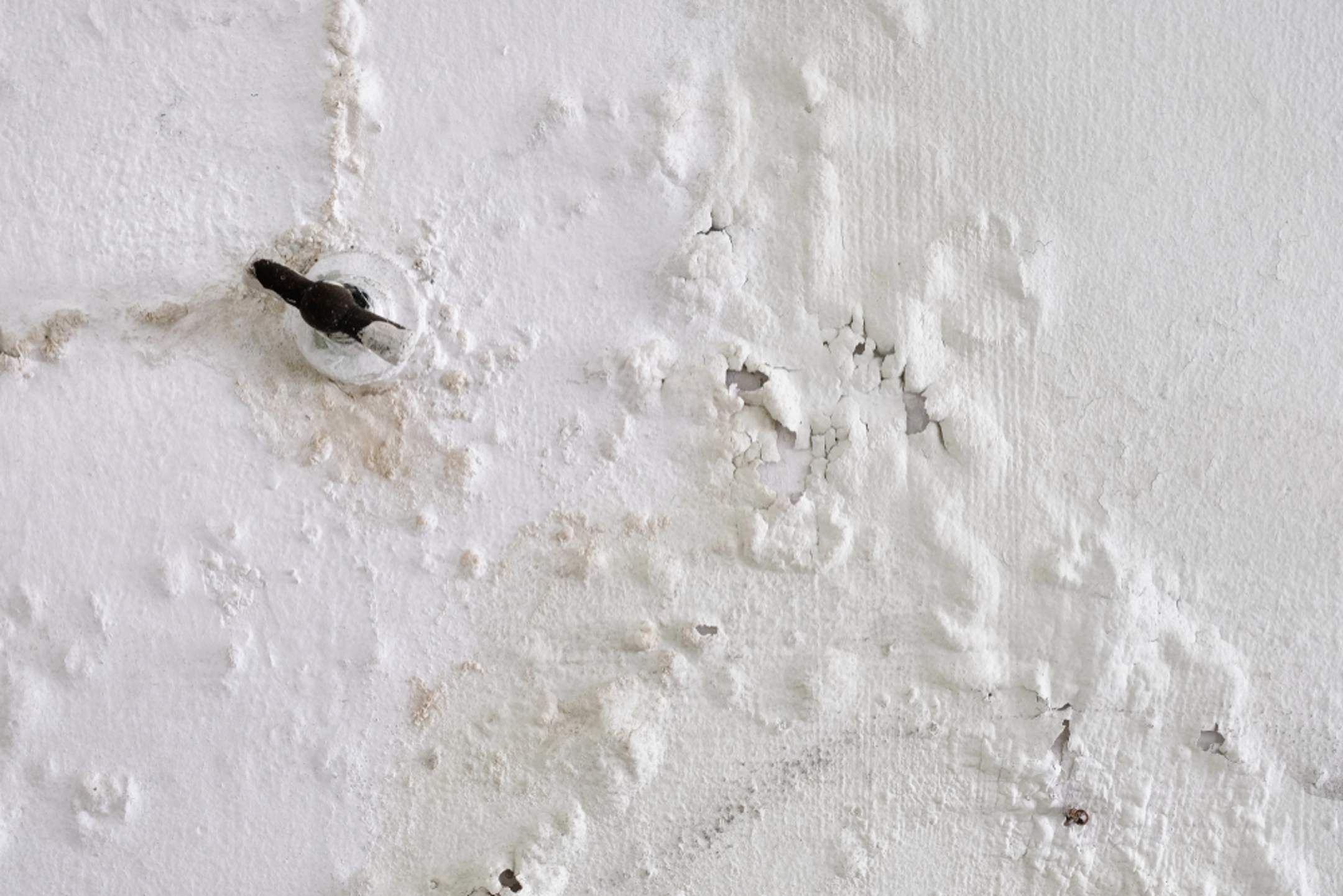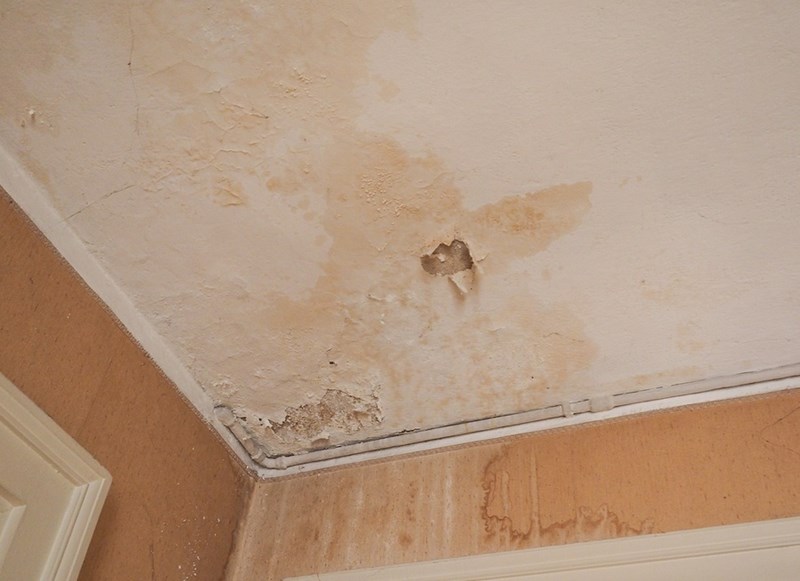The Refine of Water Damage Clean-up: Ensuring Your Home Is Restored Properly
Water damage can be a difficult difficulty for house owners, requiring a precise and structured cleaning process to restore safety and security and performance. damage restoration services. Following this, efficient water extraction strategies play a critical role in mitigating more damage.
Evaluating the Damages
Upon finding water damage, the initial step is to extensively examine the extent of the effect. This initial examination is critical, as it aids figure out the required steps for reliable cleaning and remediation. Begin by inspecting the influenced areas, including wall surfaces, ceilings, floorings, and personal items, to determine the source of the water breach, whether from flooding, leaks, or condensation.
Recording the damage is necessary for both insurance coverage claims and preparing reconstruction efforts - damage restoration services. Use pictures and written notes to catch the severity of the damage, keeping in mind any affected architectural aspects and materials. Pay special focus to locations that may not be quickly noticeable, such as behind wall surfaces and under carpets, as hidden dampness can bring about further issues, consisting of mold and mildew development
Additionally, analyze the timeline of the water exposure. The longer the products remain wet, the higher the possibility for damage. Recognizing the duration of exposure will certainly inform the seriousness of removal initiatives. Eventually, a thorough analysis lays the groundwork for an effective water damage cleanup process, making certain that all affected areas are attended to effectively and thoroughly.
Water Removal Strategies

Professionals commonly utilize completely submersible pumps for bigger quantities of water, which can swiftly minimize flooding in basements or various other affected areas. For smaller sized quantities, wet/dry vacuum cleaners are commonly utilized to extract recurring moisture from carpetings and difficult surface areas. Furthermore, using mobile extractors permits targeted removal in confined rooms or locations with fragile materials.
In instances of contaminated water, such as sewer or floodwater, advanced removal methods might include the usage of biohazard devices to guarantee security and conformity with health and wellness policies. High-powered removal devices are important in decreasing water retention in structural materials, which can lead to mold and mildew growth and structural degeneration if not attended to without delay.
Inevitably, the performance of water removal methods plays a critical function in the overall success of the water damage cleanup procedure, preparing for subsequent remediation efforts.
Drying and Dehumidification
As soon as standing water has actually been efficiently drawn out, the next vital phase in the water damage cleaning procedure is drying and dehumidification. This step is necessary to protect against more damages and mold growth, which can take place within 24 to 2 days in wet environments.
To achieve effective drying, customized tools such as industrial-grade air movers and dehumidifiers is employed. Air movers flow air across damp surface areas, enhancing evaporation prices, while dehumidifiers lower humidity degrees airborne, promoting a helpful environment for drying out. The combination of these tools ensures that wetness is drawn out from furnishings, wall surfaces, and floors, enabling them to completely dry completely.
It is necessary to monitor the drying procedure very closely. Professionals usually utilize wetness meters to assess the wetness material in numerous materials, making sure that all influenced locations reach appropriate dry skin degrees. This careful technique aids to avoid water damage reconstruction covert wetness pockets that might bring about architectural damages or unhealthy mold and mildew development.

Cleaning and Sterilizing
After the drying out and dehumidification phase is complete, the next important action in water damages cleanup is cleansing and sanitizing the affected locations. This process is critical to stop the growth of mold and mildew, germs, and various other pathogens that flourish in wet atmospheres.
The cleansing phase typically involves removing any particles, dirt, and impurities from surface areas making use of specialized cleaning agents. For difficult surface areas, a combination of soap and water or business cleaning items is typically used. Soft materials, such as upholstery and carpets, might require a lot more comprehensive cleansing approaches, including heavy steam cleansing or deep removal techniques, to make sure comprehensive cleanliness.

Sanitizing follows cleaning, using EPA-approved anti-bacterials to remove harmful microorganisms. This step is vital, specifically in locations that might have come right into call with floodwaters or sewer, as these resources can pose major health and wellness dangers.
In addition, it is necessary to attend to any type of staying odors, which may require making use of odor neutralizers or innovative strategies like ozone therapy. Appropriate cleansing and sterilizing not just restore the safety and health of your home yet likewise lay the groundwork for successful restoration and repairs in succeeding phases of the water damages clean-up process.
Remediation and Repairs

Once the assessment is complete, remediation efforts can begin. This commonly entails repairing or changing broken products, guaranteeing that all work abides by neighborhood building regulations and check this criteria. If drywall has actually been compromised, it will require to be gotten rid of and changed with brand-new material. Additionally, flooring might call for comparable interest, depending upon the level of water exposure.
It is essential to engage seasoned reconstruction experts during this procedure, as they have the expertise to take care of intricate repair services successfully. Moreover, they can assist reduce potential future problems, such as mold development or structural instability, hence making sure a habitable and safe living setting. Inevitably, efficient restoration and repair services restore the home's honesty and improve its overall value.
Verdict
To conclude, the process of water damage clean-up is crucial for recovering a home to its pre-damage condition. Each phase, from examining the damage to executing you can look here reliable water removal techniques, complied with by comprehensive drying out, sanitizing, and needed repairs, plays a crucial role in making sure safety and conformity with building requirements. Reliable implementation of these steps not only minimizes immediate damage however also enhances the lasting integrity and value of the residential property.
Water damages can be a complicated obstacle for house owners, requiring a structured and thorough clean-up process to bring back safety and capability. Eventually, a comprehensive evaluation lays the groundwork for a successful water damages clean-up procedure, making sure that all affected areas are addressed successfully and thoroughly.
Efficient water extraction strategies are important in minimizing damage and preventing additional complications complying with a water breach event.In verdict, the process of water damage cleaning is vital for recovering a home to its pre-damage condition. Each phase, from assessing the damages to implementing efficient water removal methods, complied with by comprehensive drying out, sanitizing, and essential repair work, plays a vital function in ensuring security and conformity with building standards.